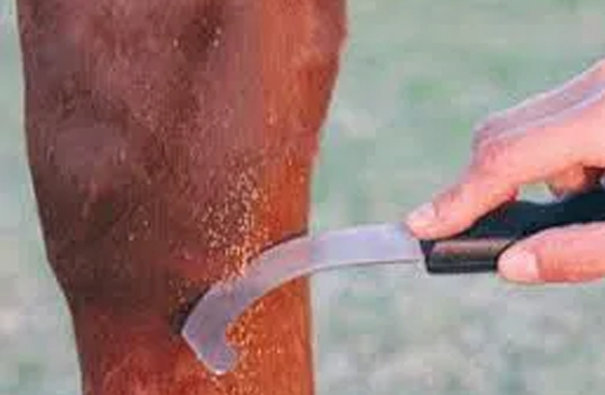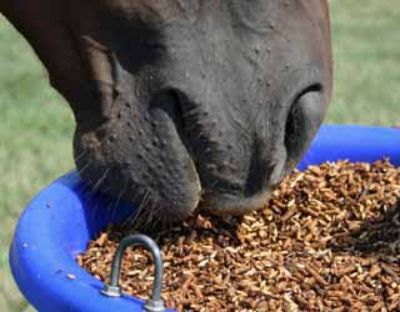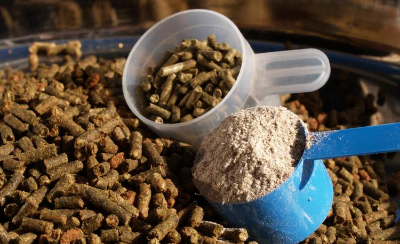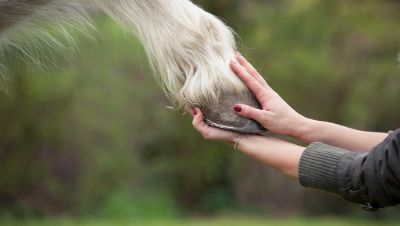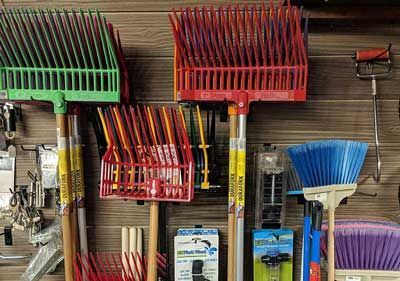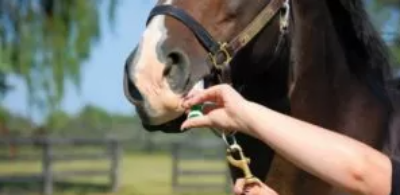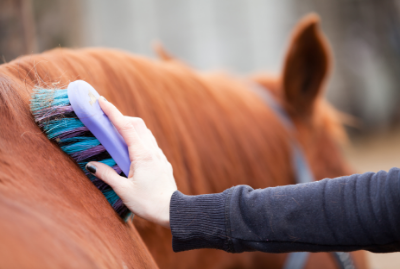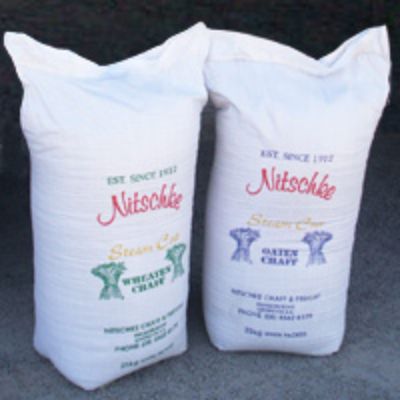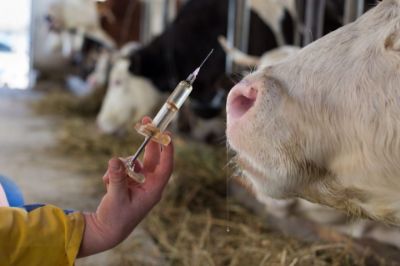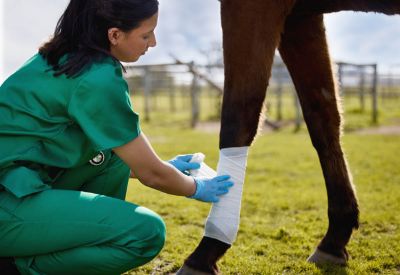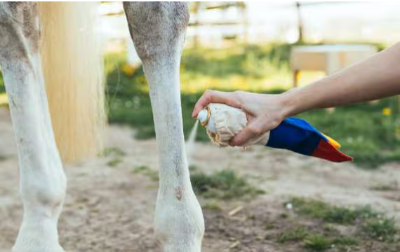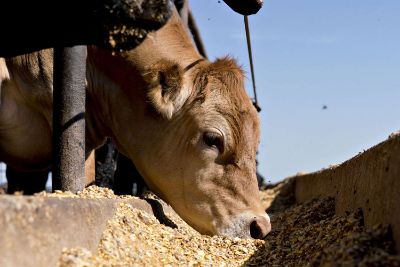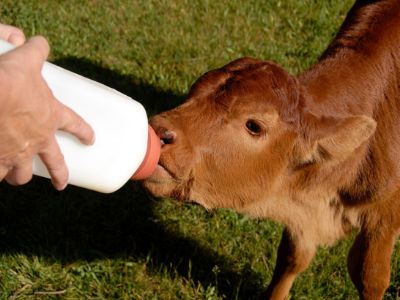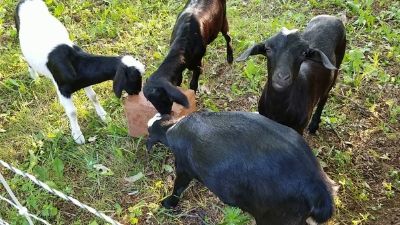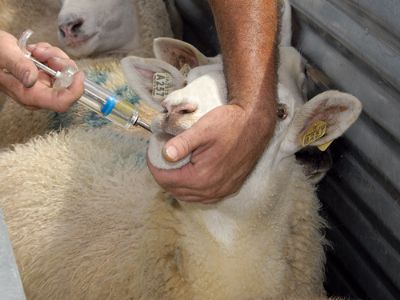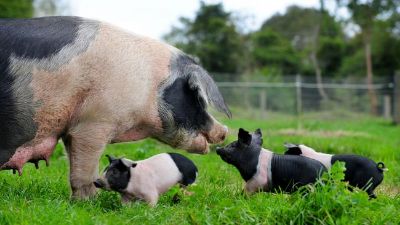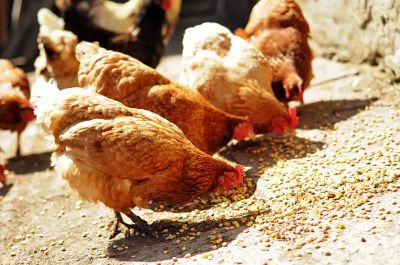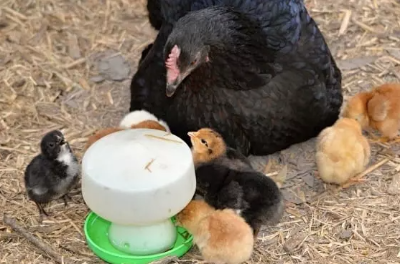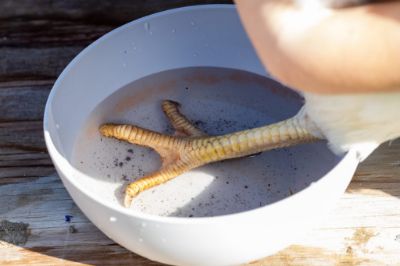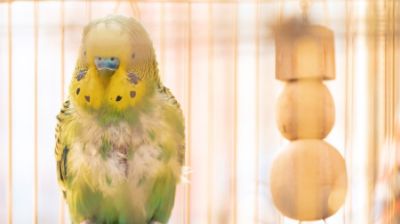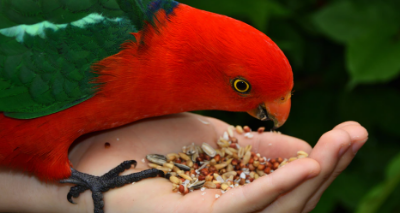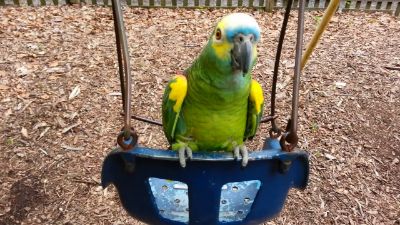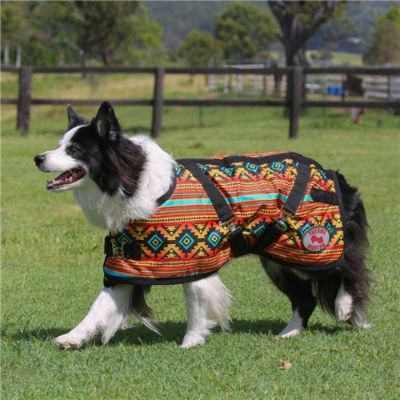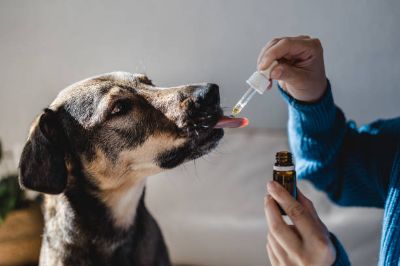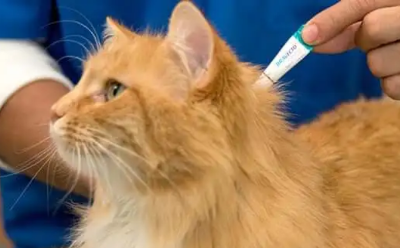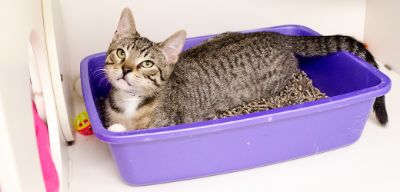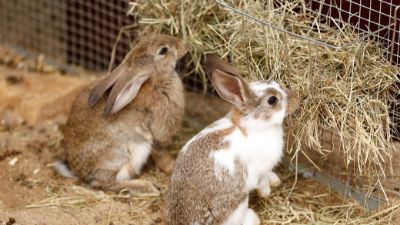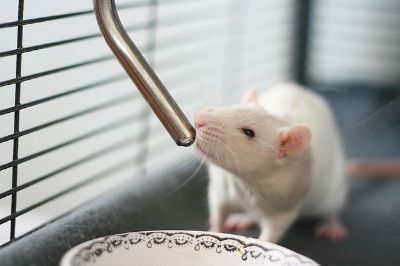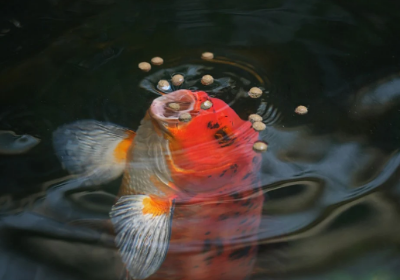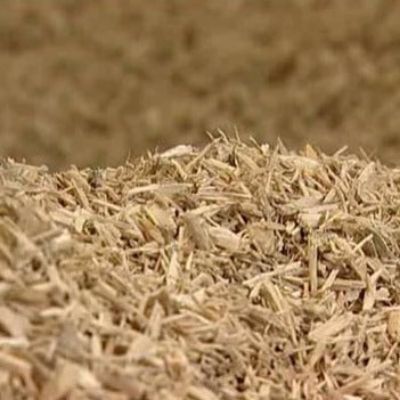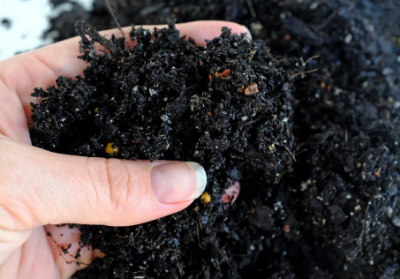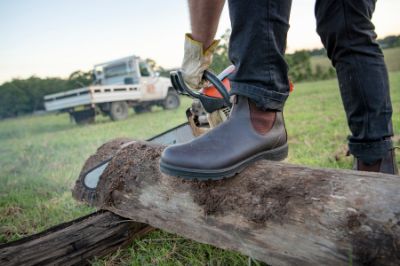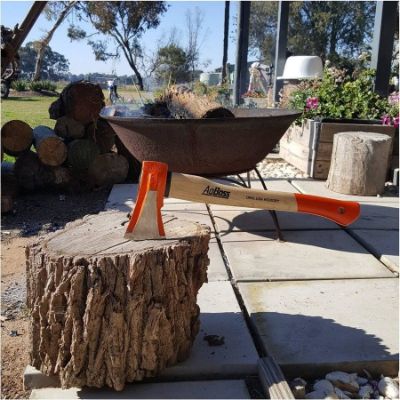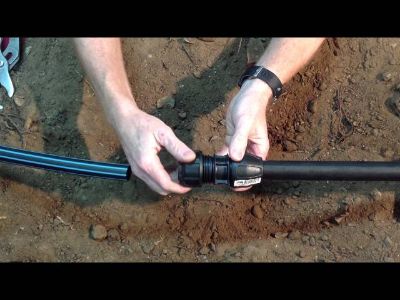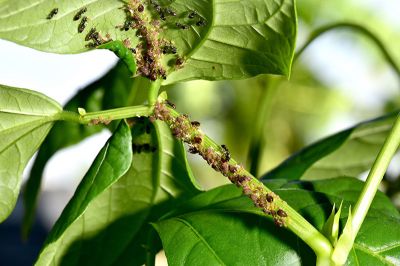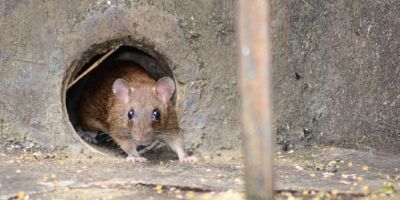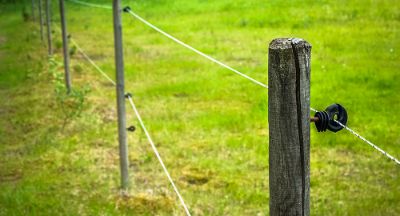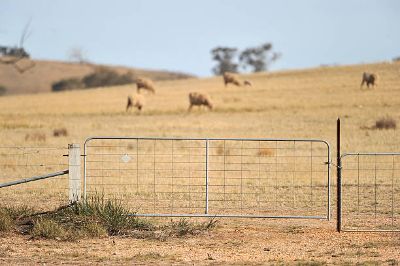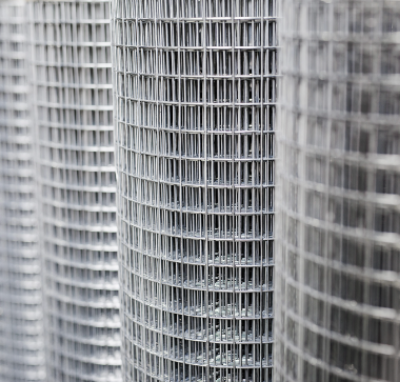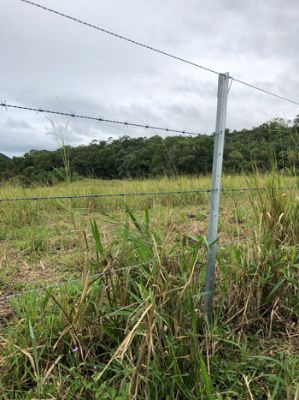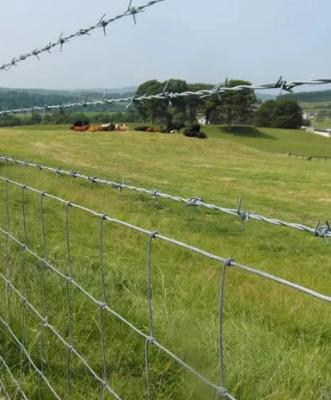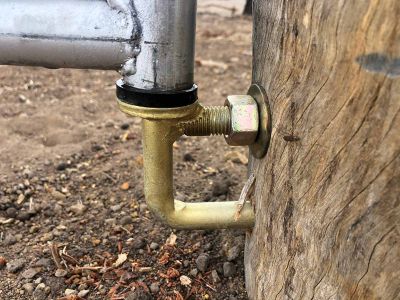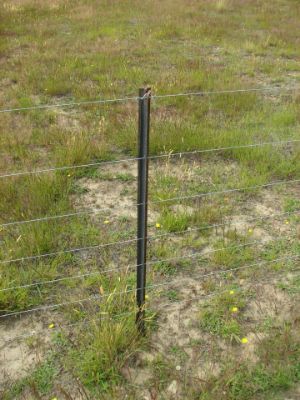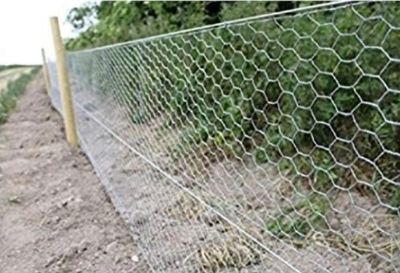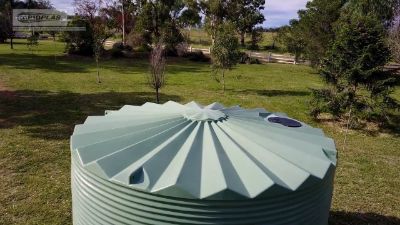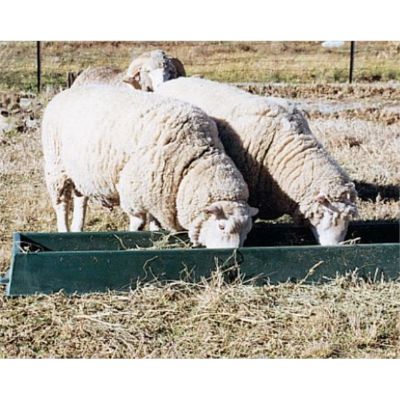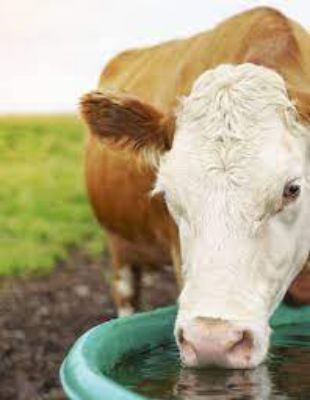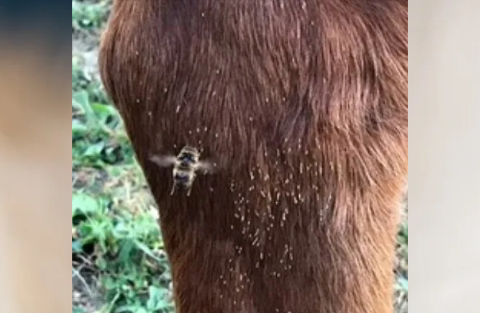
I remember being so intrigued by bot eggs on my little gymkhana horse: plainly evident on the darkened, wet hair during grooming and bathing. I would gaze at them and search for more, thinking about how amazing and adaptive parasites can be. The contrast between the black hair and the creamy nits made them easy to find; they would stand out like coconut on a chocolate cupcake. Yuck. No, thank you. Lovely, yet disappointing and unacceptable. Even back in the early 1980’s it was common knowledge that washing the nits with warm soapy water would trick them into hatching, only to be swept away, never to enter my horse’s mouth. My diligent and vigorous scrubbing was certainly a benefit to create this early hatch coupled with mechanical removal of the little eggs. But we now know that this practice isn’t nearly enough. What about all of the bots that were licked off in the wee hours of the morning before the warm scrub down? What about the bot eggs that were not far enough along and were too immature to hatch?
Bot flies are very common and it's safe to assume almost all horses are infected. Creating a plan to attack the bot fly and its freeloading younglings starts with understanding their lifecycle. The parasitic bot, Gasterophilus sp. is a hairy little fly that resembles a small bee. The bot fly is a nuisance like many other flies in the stable and never becomes a worm, only a fly. With a short 1 to 2 day lifespan, the female attaches her eggs to the hairs of the horse during the summer months. The egg cases are tear-drop shaped, off white to yellow nits (some species lay black eggs) about the size of a flea. Each species of bot fly has its preferred place to lay her eggs depending on how the larva will travel into the mouth of the horse after quickly hatching in only four to five days. Eggs laid on the legs, chest and flanks are typically stimulated by warm saliva and hatch as they are licked or bit into the mouth. Other species will lay their eggs on the muzzle where they hatch on their own and migrate to the lips, passing right into the mouth.
Once inside, the instar burrows into the mouth and feeds for about a month, before traveling into the stomach. Here, the larvae will attach themselves to the lining, feeding on fluids. The larvae continue to mature for nine to twelve more months while growing up to an inch in length. Some species prefer to attach around the inflow area of the stomach while others attach at the pyloric outflow of the stomach. Some can be found down as far as the small intestine. The bots’ timing is perfect as they overwinter in the horse’s warm body until they release from the stomach lining and travel out with the feces into the warm spring weather. The larvae burrow into the soil and pupate in a crunchy little coating until they emerge as flies two to eight weeks later.
In a small population of horses, the burrowing instar sensation and/or the occasional inflammatory reaction of the gums and tongue can cause quite a bit of pain and discomfort. Surprisingly, studies show that horses appear to be able to tolerate quite a heavy burden of bots in their stomach. However, horses that are already inflicted with a sensitive stomach or lower body condition scores (poor body weight) do not need the added burden of bot larvae compounding their issues with parasitic, gastrointestinal ulcers. In either case, I like to treat for these little buggers.
Although the bot fly larva isn’t a worm at all, the typical dewormers that kill encysted larvae are also botacides (deadly to bots). The control and treatment of the bot has been historically centered around the late autumn and early winter deworming, since the hard frost easily kills the adult flies. So, there it is! We have been deworming after the hard frost for gastrointestinal bots for decades. In the era of judicious use of antibiotics, it makes sense to use a multifaceted approach and attack the bots in all areas of their lifecycle verses just hitting them with dewormers. There are some great tools such as the bot knife and various grooming blocks on the market to assist in easy egg removal. External fly repellant will certainly help as well.
